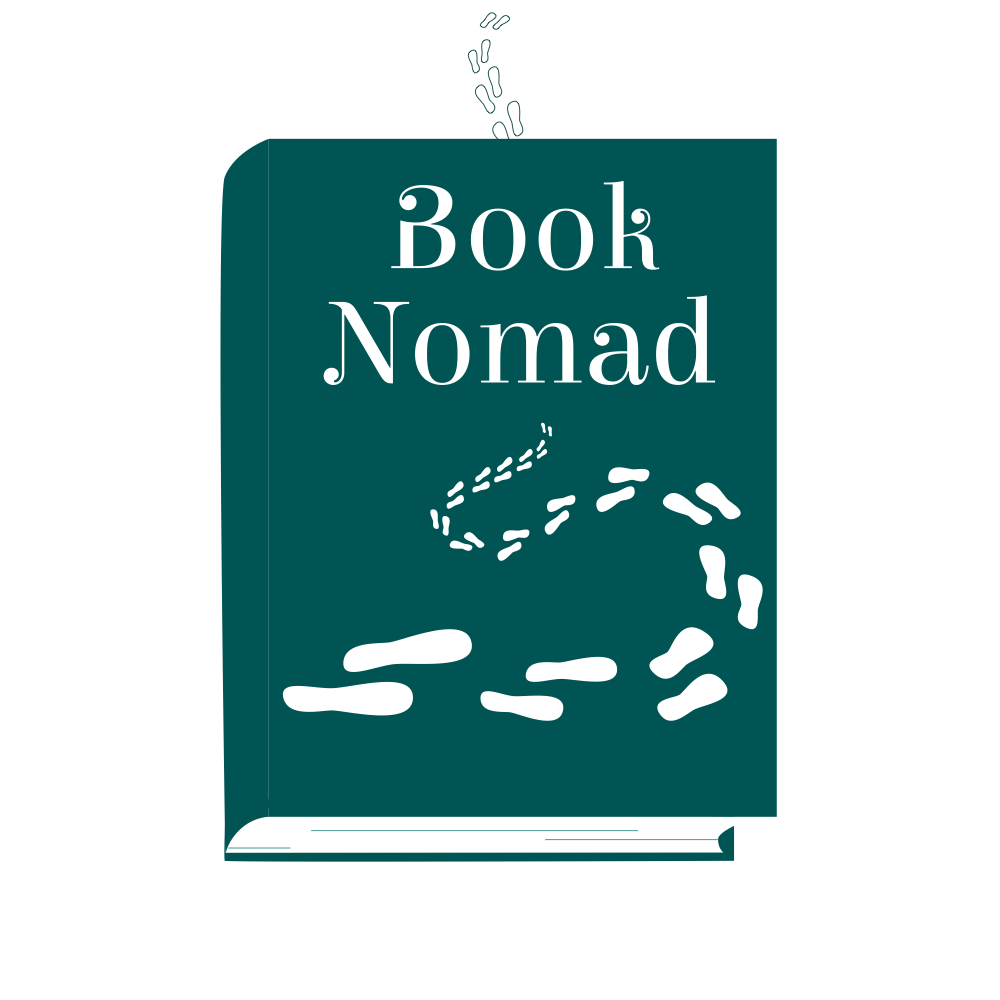Many thanks to Kube Publishing for the complimentary copy of this book.
I didn’t plan to write about this book until I had finished reading it, but with Ramadan coming up I thought it would be helpful for me to mention it a bit sooner. The Heart of the Qur’an is a commentary on Surah Yasin with a difference. At 111 pages, it is relatively short and in addition to textual explanations, incorporates the use of diagrams and bright colours to explore the meanings of this key chapter in the Qur’an. It is published by Kube Publishing, an established publisher of Islamic fiction and non-fiction in the UK, and written by imam and Islamic studies instructor Asim Khan. It also has a stamp of approval in the form of a foreword from prominent UK-based scholar Dr Haitham al-Haddad.
Tafsir, or commentary on the Qur’an, is an important field of study for a Muslim to have at least a basic grasp of. However, for the layperson it may seem like the books of tafsir are a big commitment, while the footnotes in your mushaf (Qur’an in book form) feel insufficient for your understanding or difficult for you to put into the wider context. I think this book is a very good example of an in-between solution and perhaps a launchpad into more serious study later on. The writing style is clear; it is easy to understand and gives enough context to connect it to other parts of the chapter or of the Qur’an. Khan has also used well-established sources of tafsir and referenced them clearly. He has divided the surah into thematic sections and addresses each section in a separate chapter, allowing the reader to understand how the surah progresses and the focus of each part. He also regularly takes time in between explaining individual ayat to connect the meanings discussed to our lives today and answers questions that may pop into people’s minds as they are reading. The questions he has chosen to answer clearly indicate that he has taken the time to think about the types of thoughts people might have as they are reading through the ayat and hasn’t shied away from addressing what some may consider more controversial questions. This clearly demonstrates Khan’s sincerity and focus on making the text as accessible and beneficial as possible to the everyday Muslim reader.

The use of visual aids in this book is one of the primary features that distinguish it from others in this category and I think it is generally very successful. I say “generally” because I think it could have gone further with incorporating more graphic representations of certain types of information that lend themselves to visual over textual demonstration (perhaps there were printing constraints that prohibited this). Colour is used to delineate the different sections and the same colours are used in diagrams exploring the entire surah, which helps the reader to understand how the sections fit together. Another effective use of colour is the word banks where a number of key words in the section are highlighted with definitions. Diagrams are used for a number of purposes, but one that struck me particularly as I started this book was a timeline of revelation and where Surah Yasin fit into it. We often come across textual explanations of when and why particular surahs were revealed, but I found this visual representation made its significance immediately clear to me and I was able to refer back to it quickly whenever I needed to.

When I first saw this book I knew I wanted to read it because I am quite a visual learner, but once I found myself with the book in my hands, I wasn’t quite sure how to proceed. I felt like reading it cover-to-cover like a normal book wouldn’t necessarily allow me to process all the information inside or to connect it to how I interact with the surah in general. After some thought, I decided to try reading a section every Friday (or another day if you can’t fit it in alongside reading Surat ul-Kahf) and then memorising that section of the chapter during the week. This way, I would get an understanding of a few ayat (verses) and then have that in mind as I memorised them. I find that I am able to memorise a lot easier if I understand the nuances of the ayat and how they connect with each other. I also think the word bank feature of this book lends itself to being read alongside memorisation. It’s worth keeping in mind that the sections are of varying lengths with the longest dedicated to 20 ayahs and the shortest to just two, so if you do decide to approach the book in this way, it’s worth planning ahead and perhaps spending two weeks on the longer section and using the shortest section as a review week. Of course, we all have a different pace when it comes to memorisation of the Qur’an, so make sure you choose a realistic timeline for yourself. I wouldn’t advise going any faster than one section a week, though, if you really want to internalise the meanings of the ayat outlined in The Heart of the Qur’an at the same time.

Since Ramadan is almost here, this could be a very rewarding project for the month; if you dedicate a section to each week you could have memorised all of Surah Yasin – with understanding – by the middle of Shawwal. What an achievement that would be! If you have this book, how have you approached it? Have you found the visual representations helpful? I imagine people have found many ways to engage with this book and I would love to know what has worked for you.


0 Comments